Recent Articles
Popular Makes
Body Types
10 European Hybrid Cars
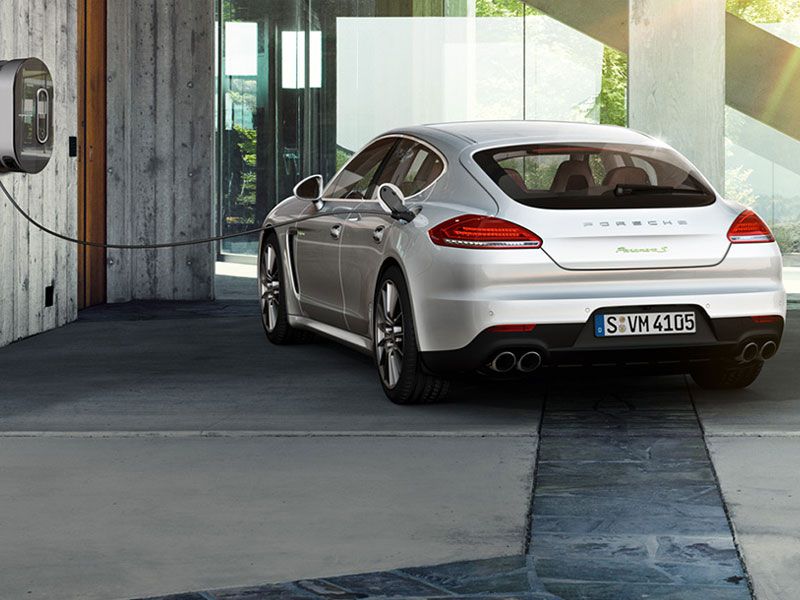
Porsche Panamera S E Hybrid charging ・ Photo by Porsche
The European automakers are arguably on the cutting edge when it comes to providing style and power. However, hybrid technology is one area in which the Germans, Italians and Swedes have obviously fallen behind. Even as they’ve pushed “clean diesel” technology—with mixed results—they’ve largely ignored the benefits of a gasoline-electric hybrid drivetrain... until recently, that is. Here are some of the 10 best European hybrid cars on the market.
2016 Audi A3 Sportback e-tron: 83 mpg-equivalent (mpg-e)
The A3 e-tron is a plug-in hybrid trim level of the 2016 Audi A3 Sportback, new for this year. The A3 Sportback e-tron offers the same comfortable seating for five passengers as the regular A3, along with fuel economy of 83 mpg-equivalent (mpg-e) when it’s running on combined gasoline and electric power. 204 horsepower are on tap from the paired gas engine and electric motor. This European hybrid car can also travel up to 16 miles on a full charge before needing to dip into the gas tank.
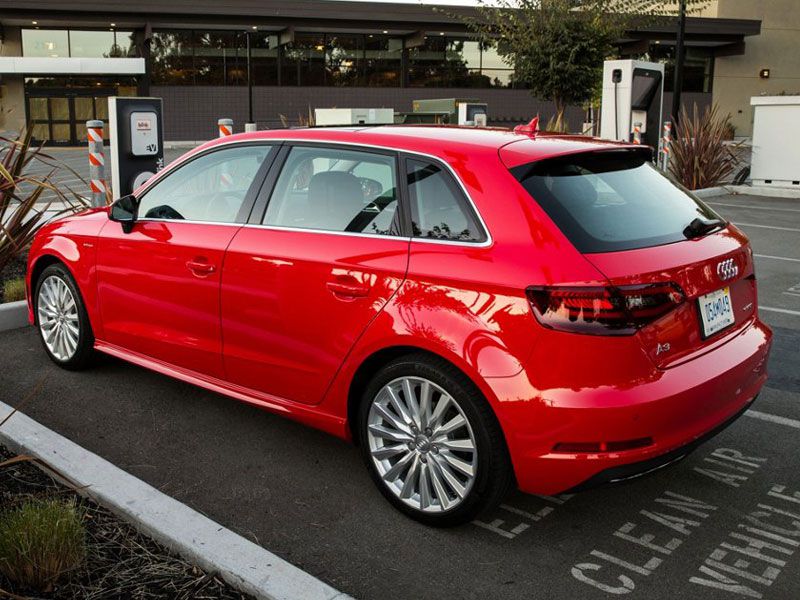
Photo by Audi
2016 Audi Q5 Hybrid: 24 mpg city / 30 mpg highway
The 2016 Audi A5 is a luxury five-passenger crossover offered with several turbo- and supercharged drivetrains. The Q5 Hybrid features a turbocharged, 2.0-liter 4-cylinder gas engine paired to an electric motor, putting 245 horsepower to all four wheels. To be fair, this European hybrid car offers only a slight fuel economy advantage over the base model’s turbo 2.0-liter, but the Hybrid also provides 25 more horsepower and almost 100 more lb.-ft of torque, so the more efficient version of the Q5 is also quicker and more powerful.
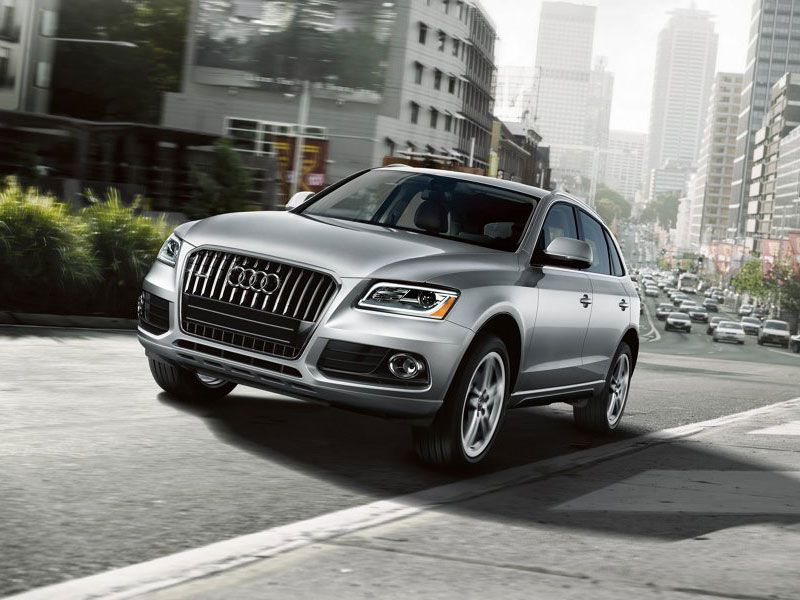
Photo by Audi
2016 BMW i8: 76 mpg-e
BMW’s i8 is a futuristic-looking sports car that just happens to be a plug-in, and European, hybrid car. BMW chose a mid-engine layout for the 2016 i8’s turbocharged, 1.5-liter 3-cylinder engine and electric motor. This combination puts down a total of 357 horsepower and 420 lb.-ft of torque, and lest you think the hybrid compromises sportiness, the BMW i8 can achieve the 0-60 sprint in 4.4 seconds. When speed isn’t the objective, the BMW i8 can travel up to 15 miles on its stored electric power.
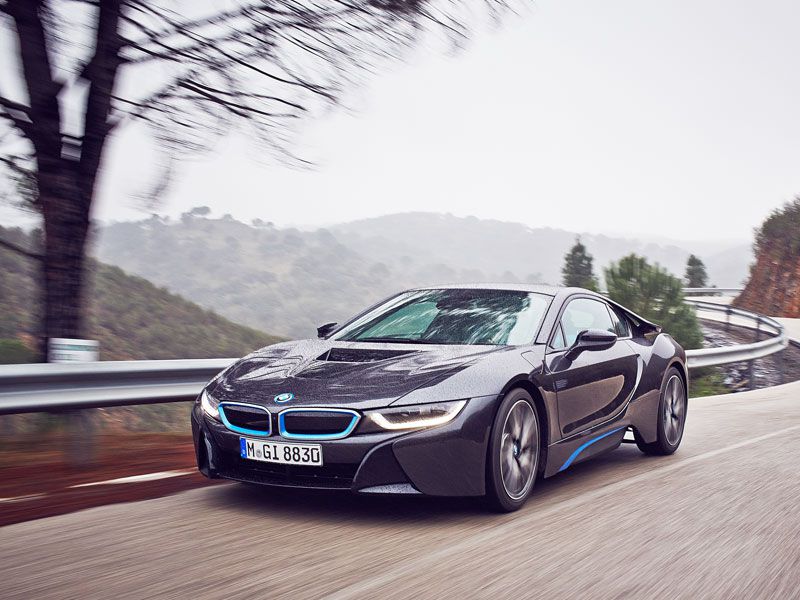
Photo by BMW
2016 BMW 5 Series ActiveHybrid 5: 23 mpg city / 30 mpg highway
The ActiveHybrid 5 is a hybrid trim level of BMW’s 5 Series midsize luxury sedan. The ActiveHybrid 5 offers all the benefits of the popular 5 Series lineup, such as upscale accommodations for five passengers, an engaging rear-wheel drive system, and plenty of features and equipment. The turbocharged, 3.0-liter 6-cylinder engine and electric motor in this European hybrid car produce 335 horsepower and 330 lb.-ft of torque. It’s worth noting that the ActiveHybrid 5’s fuel economy is actually less than the base 5 Series sedan’s, although the hybrid has more power.
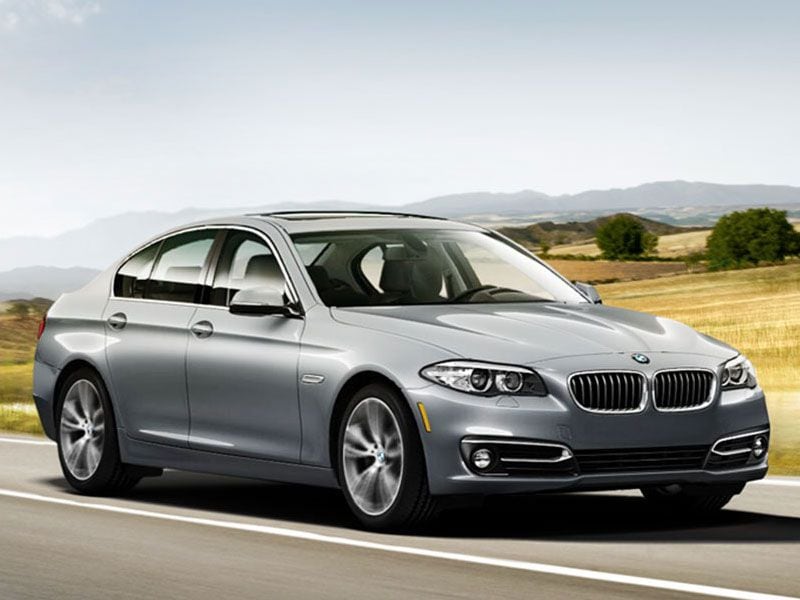
Photo by BMW
2015 Ferrari LaFerrari: 13 mpg city / 16 mpg highway
Make no mistake, when an automaker like Ferrari builds a hybrid car, it’s not for the improvement in fuel economy. So what advantage does the gasoline-electric drivetrain serve in the 2015 Ferrari LaFerrari? Well, the gas engine alone provides 789 horsepower from its V12 engine, and the electric motor adds an additional 161 horsepower as well as the instant availability of torque. That torque is key—it’s what enables this European hybrid car to out-accelerate most of the competition, gaining an early edge and reaching 60 mph in just 2.5 seconds.

Photo by Ferrari
2016 Mercedes-Benz C350e: unknown fuel economy ratings
Mercedes-Benz is another German luxury brand that occasionally incorporates its European hybrids into the lineup for the extra power and slight edge in fuel economy. The C350e plug-in hybrid is a recent addition to the compact C-Class sedan, making use of a turbocharged, 2.0-liter 4-cylinder engine and an electric motor for 275 horsepower. As of this writing, Mercedes isn’t offering up any details about the C350e’s fuel economy, although it’s clear that the C350e can be decked out with the same accoutrements available on the regular C-Class.
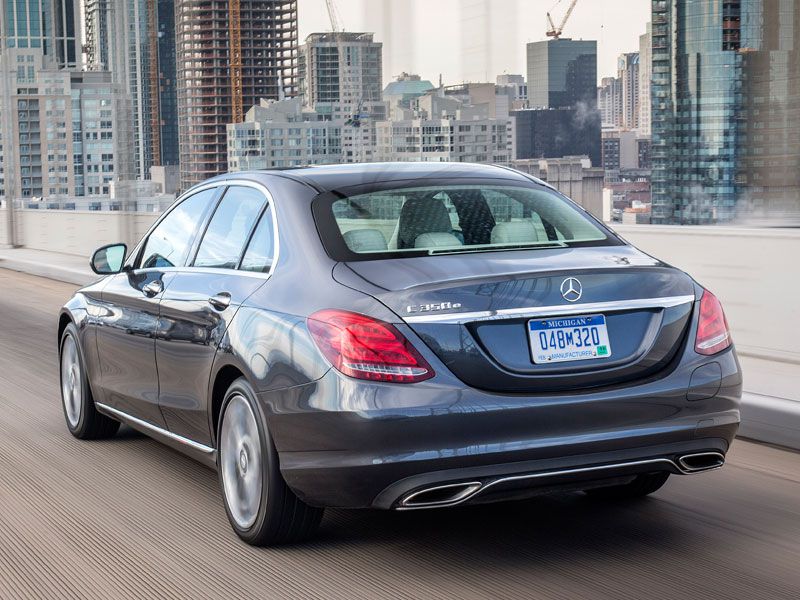
Photo by Mercedes-Benz
2016 Mercedes-Benz S550e: 54 mpg-e city / 63 mpg-e highway
The 2016 Mercedes-Benz S550e follows the same line of thinking as the aforementioned Benz C350e—it’s also a luxury plug-in hybrid sedan, but bigger, larger, and more powerful. Oh, and Mercedes provides just a few more details. Separate fuel economy ratings are provided for the gas engine and electric motor [24/54 mpg city (gas/electric) and 30/63 mpg highway (gas/electric)]. Both scenarios aren’t bad for a big European luxury sedan that puts 436 horsepower to the rear wheels from a 3.0-liter biturbo V6 and electric motor.
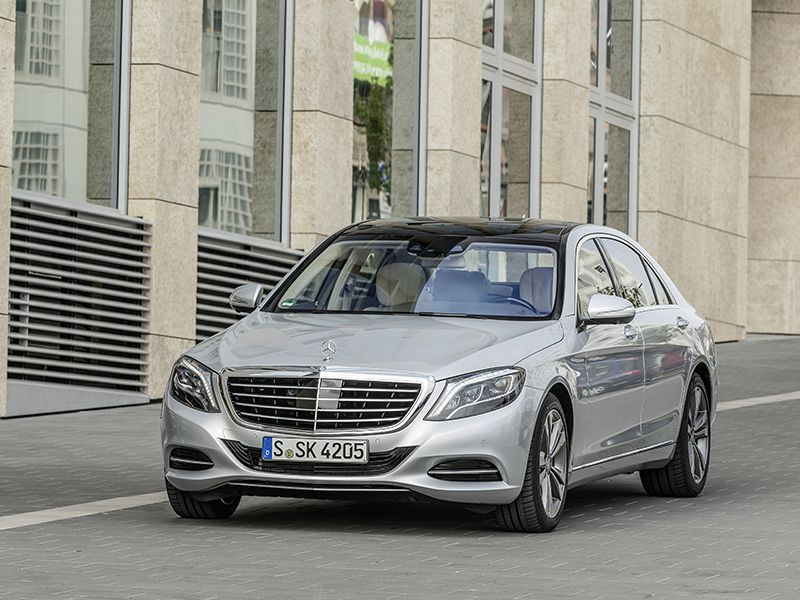
Photo by Mercedes-Benz
2016 Porsche Panamera S E-Hybrid: 51 mpg-e
It’s definitely not the most practical vehicle we’ve looked at, but the 2016 Porsche Panamera e-Hybrid has its own panache. This large luxury sedan seats just four passengers and offers unique fastback-inspired styling. The E-Hybrid’s gas engine is a supercharged, 3.0-liter V6 unit, and paired with the electric motor, total output is 416 horsepower—more than 100 horsepower over the Panamera’s base model. And, as a plug-in hybrid, this luxury European hybrid car is capable of traveling up to 15 miles on a fully charged battery.

Photo by Porsche
2016 Volkswagen Jetta Hybrid: 42 mpg city / 48 mpg highway
Volkswagen may have made a mess of its popular turbodiesel lineup, but perhaps the 2016 Jetta Hybrid can pick up some of the slack. Making no pretense of being a luxury or performance car, the Jetta Hybrid is by far one of the more affordable European hybrid options we’ve discussed. Its turbocharged, 1.4-liter 4-cylinder gas engine, paired with an electric motor, produces 170 horsepower. The 2016 Volkswagen Jetta Hybrid is only available equipped like a top-of-the-line SEL Premium trim level, and includes plenty of standard features.
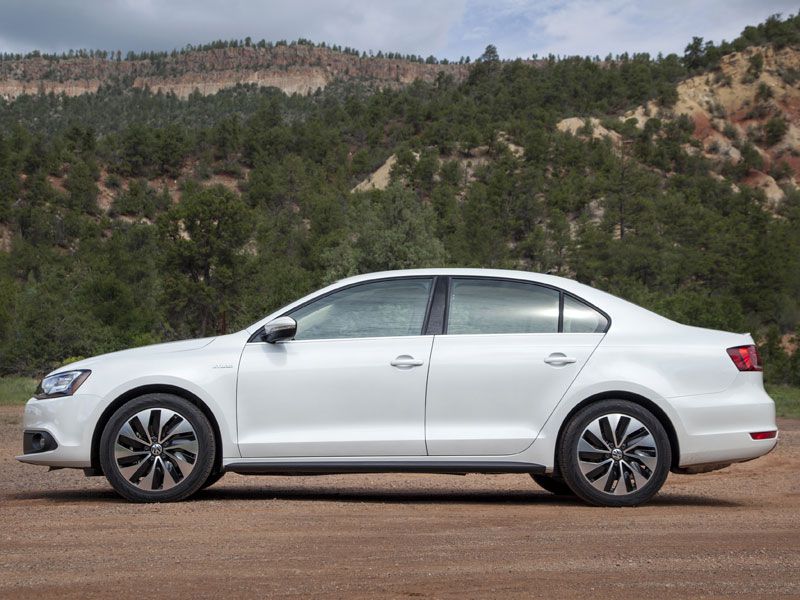
Photo by Volkswagen
2016 Volvo XC90 Hybrid: 50 mpg-e
Volvo’s XC90 is a popular midsize luxury SUV that’s available in a long list of trim levels, including a high-powered plug-in hybrid. 400 horsepower comes from the XC90 Hybrid’s gas-electric drivetrain, with most drawing from a turbocharged, and supercharged, 2.0-liter 4-cylinder engine. 472 lb.-ft of torque ensures this hybrid SUV gets off the line quickly, perhaps even quicker than some of the non-hybrid versions of the XC90. Volvo also says the 2016 XC90 Hybrid has an electric-only range of up to 35 miles.

Photo by Volvo